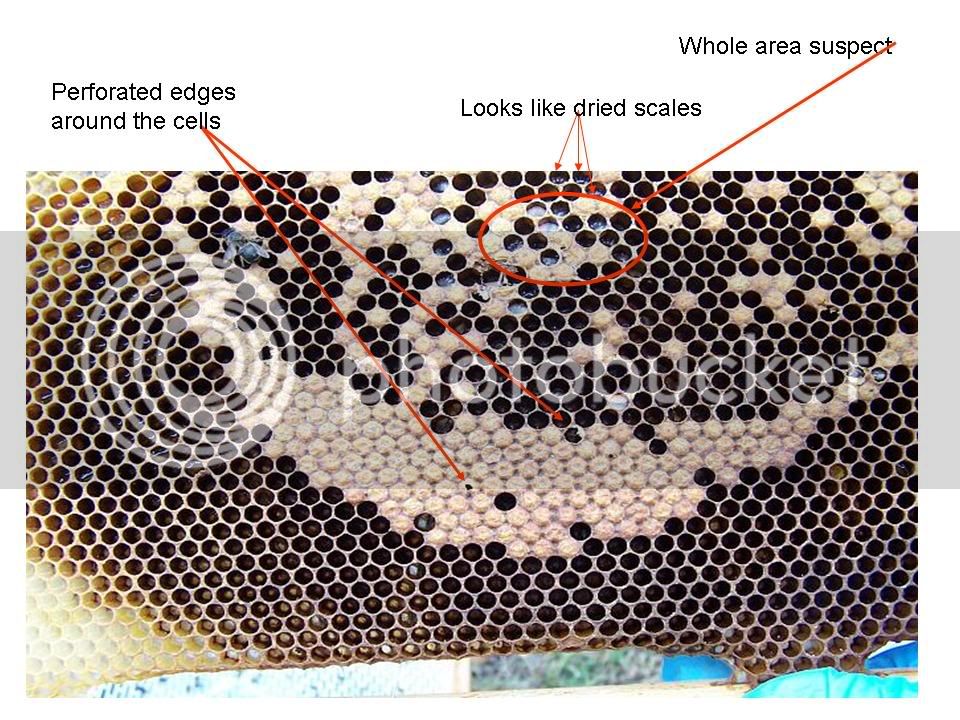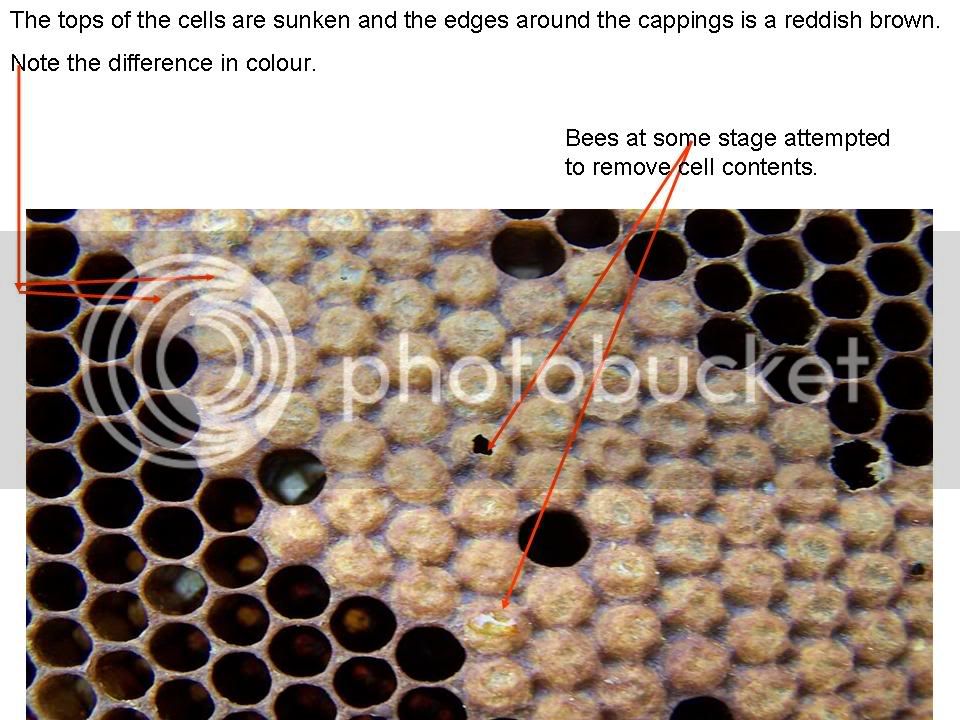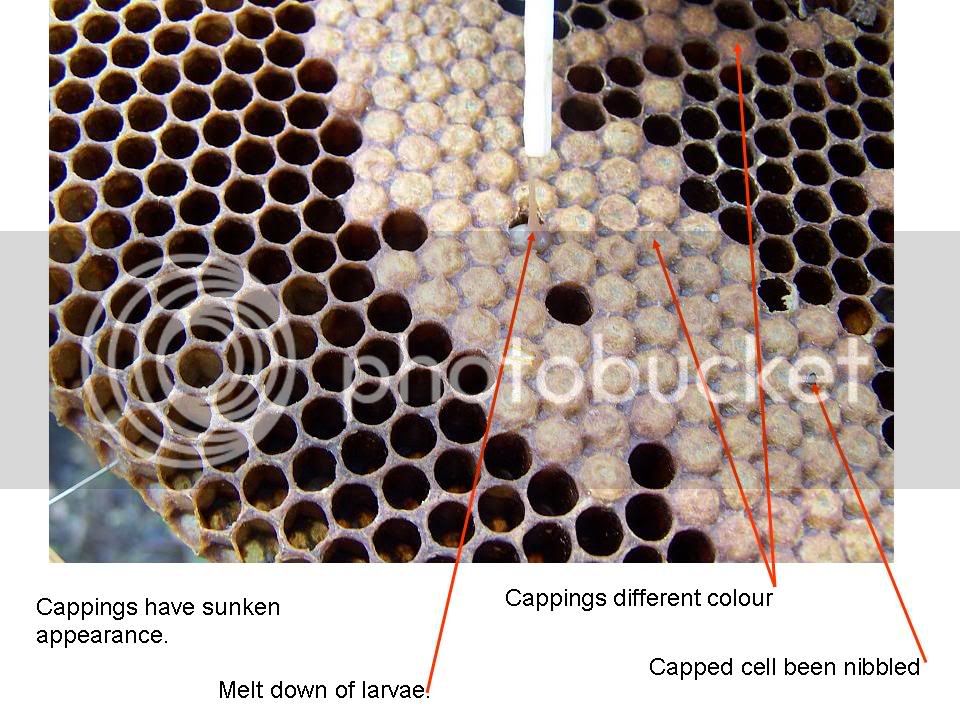wilderness
House Bee
- Joined
- Dec 8, 2008
- Messages
- 413
- Reaction score
- 1
- Location
- South Oxfordshire
- Hive Type
- 14x12
- Number of Hives
- 4 + 1 nucs
Bcrazy & Admin,
No, the frame didn't look anything like that. I went on a disease recognition day last summer and would have noticed something was wrong if it looked like that.
There was no bad smell either.
I'll ask the BI if I can take photos of the frames before they get destroyed.
No, the frame didn't look anything like that. I went on a disease recognition day last summer and would have noticed something was wrong if it looked like that.
There was no bad smell either.
I'll ask the BI if I can take photos of the frames before they get destroyed.






















































